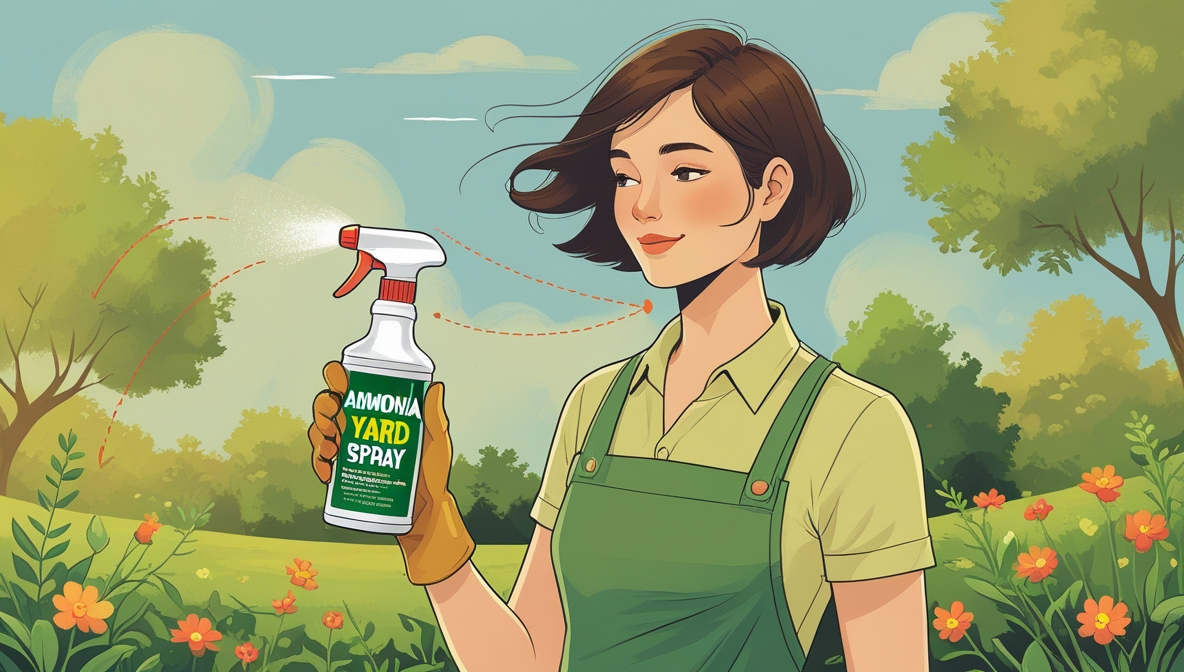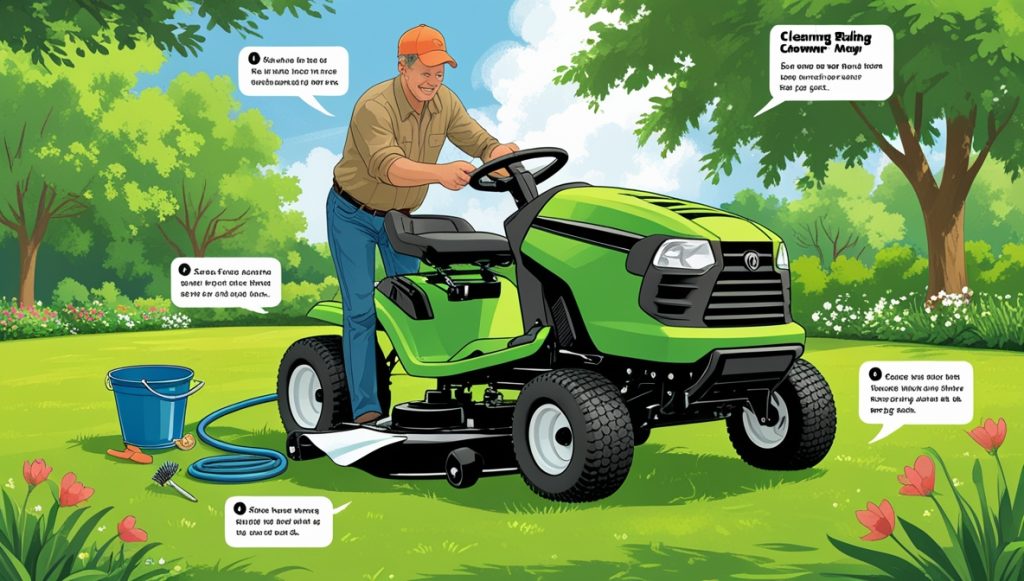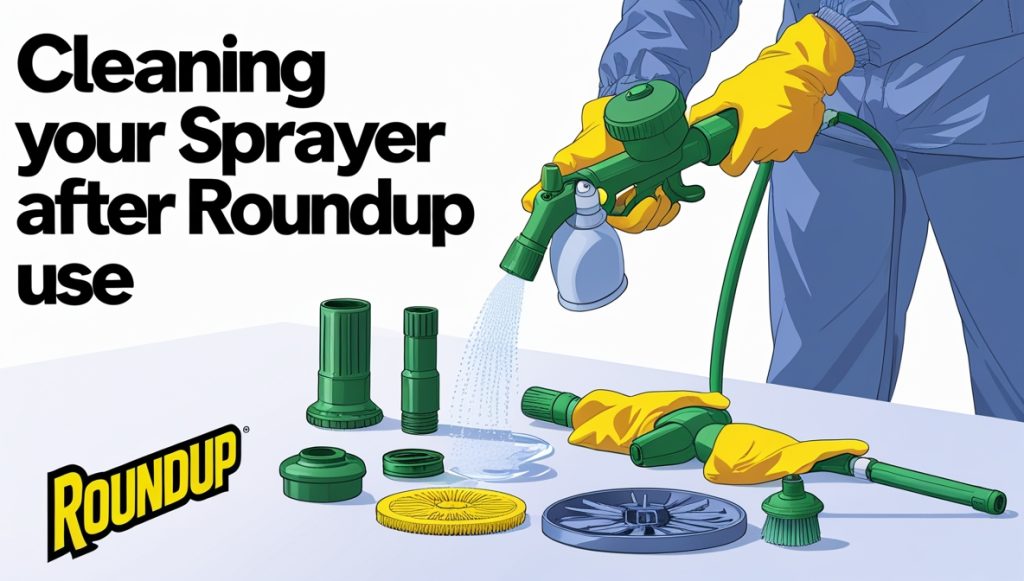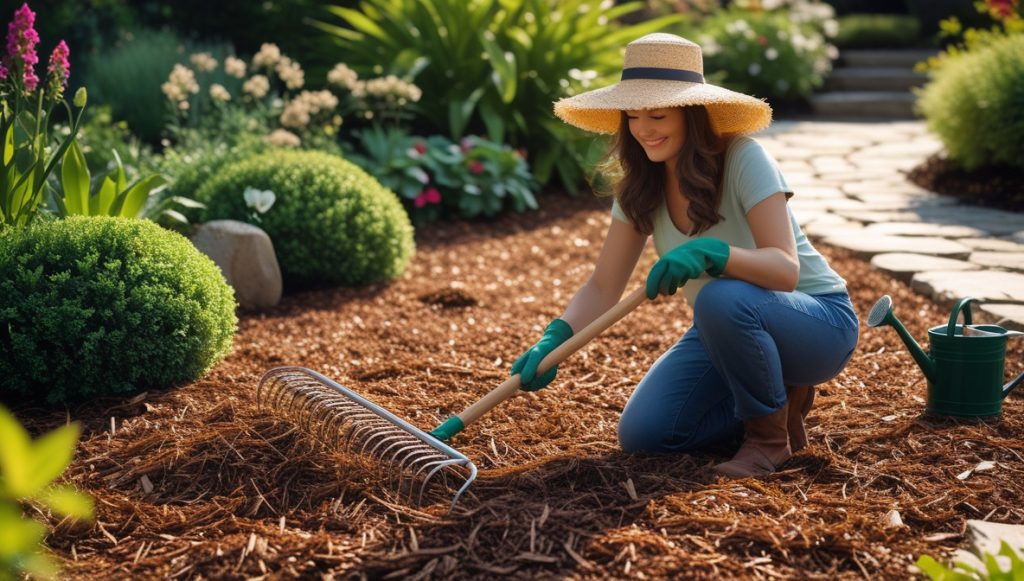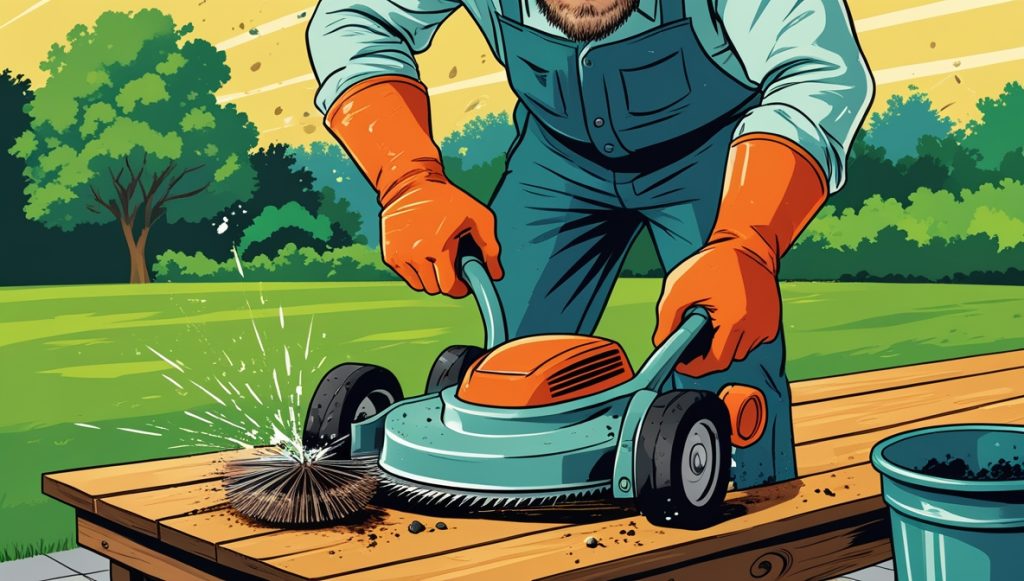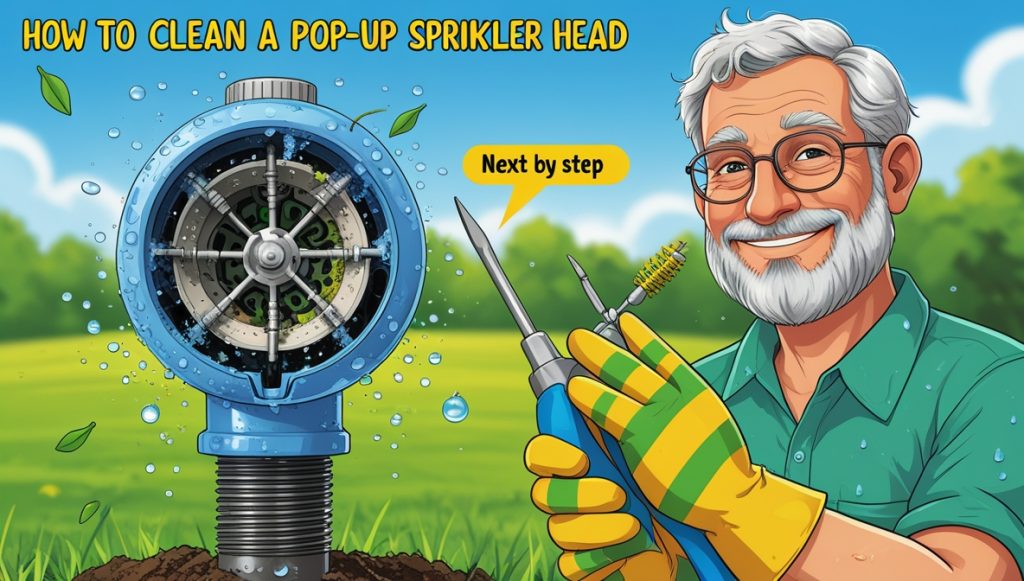Thinking about tackling those pesky weeds and pests in your yard naturally? Ammonia yard spray might be the solution you’re looking for! This guide walks you through everything you need to know about safely and effectively using ammonia to maintain a healthy, weed-free lawn. Let’s get started!
Contents
- Getting Started: Ammonia Yard Spray
- Safety First: Protective Gear Up!
- Mixing the Solution: The Right Ratio
- Applying the Spray: Tips & Tricks
- Targeting Weeds: Effective Application
- Avoiding Damage: Protecting Plants
- Dealing with Pests: Ammonia’s Role
- After Spraying: Cleanup & Storage
- Frequency & Timing: When to Spray
- Results & Follow-Up: What to Expect
Getting Started: Ammonia Yard Spray
Ammonia, in its diluted form, can be a surprisingly effective weed killer and even help control certain pests. However, it’s crucial to understand that it’s a strong chemical, so safety precautions are paramount. Before you even think about mixing anything, make sure you’ve read all the instructions carefully and gathered the necessary supplies. You’ll need a garden sprayer, measuring cups, and of course, ammonia.
Remember, we’re talking about household ammonia here, not industrial-strength stuff. Always check the label to confirm its suitability for your intended use. Improper use can harm your plants and the environment, so let’s proceed with caution and a clear understanding of the process.
Safety First: Protective Gear Up!
First and foremost, safety glasses are a must. Ammonia fumes can irritate your eyes, so protect them! Next, consider wearing gloves to prevent skin irritation. Long sleeves and pants are also a good idea to avoid accidental splashes. Finally, work in a well-ventilated area to minimize exposure to ammonia fumes.
Furthermore, it’s wise to avoid spraying on windy days, as the ammonia could drift and affect unintended areas or even your neighbours. If you have pets or children, keep them away from the treatment area until the spray has dried completely. Prioritize safety every step of the way.
Mixing the Solution: The Right Ratio
The key to effective and safe ammonia yard spray lies in the correct dilution ratio. A common ratio is 1 part household ammonia to 10 parts water. For example, you might mix 1 cup of ammonia with 10 cups of water. Always measure carefully to ensure the correct concentration.
Using too much ammonia can burn your plants, while too little may be ineffective. Start with this ratio and adjust as needed based on your specific weeds and the results you observe. Always mix the solution in a well-ventilated area, preferably outdoors.
Applying the Spray: Tips & Tricks
Once your solution is mixed, pour it into your garden sprayer. Make sure the sprayer is clean and free of any residue from previous applications. Before spraying your entire yard, test the solution on a small, inconspicuous area to check for any adverse reactions on your plants.
When spraying, maintain a consistent distance from the plants to ensure even coverage. Avoid over-spraying, as this can lead to wasted solution and potential damage. Work methodically, covering the entire targeted area thoroughly.
Targeting Weeds: Effective Application
Ammonia is most effective on young, actively growing weeds. Older, established weeds may require multiple applications or a stronger concentration (proceed with caution!). Focus your spray directly on the weeds, avoiding contact with desirable plants as much as possible.
Concentrate your efforts on the leaves and stems of the weeds. The ammonia works by disrupting their cellular processes, effectively killing them. Remember, consistency is key, so regular applications may be necessary for complete weed control.
Avoiding Damage: Protecting Plants
Before applying ammonia spray to your entire yard, test it on a small, inconspicuous area first. Observe the plants closely for 24-48 hours to see if there are any adverse effects. If you notice any signs of damage, such as wilting or discoloration, dilute the solution further.
Protect desirable plants by shielding them with plastic sheeting or other barriers before spraying. This will prevent accidental contact and potential damage to your flowers, shrubs, or other plants you want to keep. Careful application is crucial for selective weed control.
Dealing with Pests: Ammonia’s Role
While primarily known as a weed killer, diluted ammonia can also help control certain pests. Specifically, it can be effective against some soft-bodied insects like aphids. However, it’s not a replacement for dedicated pest control products.
Always test a small area first before widespread application. Remember, ammonia is not a broad-spectrum insecticide and its effectiveness against pests will vary depending on the type of pest and the concentration of the solution. Use it as a supplementary method, not a primary solution.
After Spraying: Cleanup & Storage
After spraying, thoroughly rinse your garden sprayer with water. Dispose of any leftover solution properly, following local regulations. Never mix ammonia with other cleaning products, as this can create dangerous fumes.
Store unused ammonia in its original container, tightly sealed, in a cool, dry place, away from children and pets. Always refer to the manufacturer’s instructions for proper storage and disposal.
Frequency & Timing: When to Spray
The frequency of application depends on several factors, including the type of weeds, weather conditions, and the concentration of the ammonia solution. Generally, you might need to spray every 1-2 weeks, or even more frequently for persistent weeds.
Avoid spraying on hot, sunny days, as the ammonia can evaporate quickly, reducing its effectiveness. Early morning or late evening, when temperatures are cooler, are ideal times for application. Adjust your spraying schedule as needed based on your observations.
Results & Follow-Up: What to Expect
You should start to see results within a few days, with weeds showing signs of wilting and dying. However, it may take several applications to completely eliminate stubborn weeds. Monitor your yard closely and adjust your approach as needed.
If you’re not seeing the desired results, consider increasing the concentration of the ammonia solution (carefully!), or trying a different weed control method. Remember that patience and consistent application are key to success.
Using ammonia yard spray can be a safe and effective way to control weeds and some pests, but remember that safety and proper application are crucial. Always follow the guidelines outlined above, and don’t hesitate to consult additional resources if you have any questions or concerns. Happy gardening!
